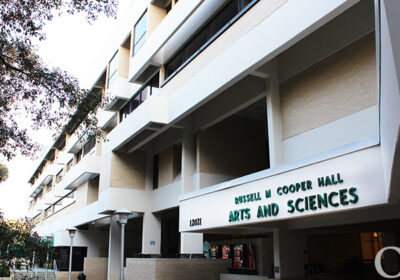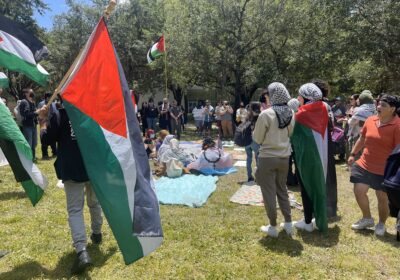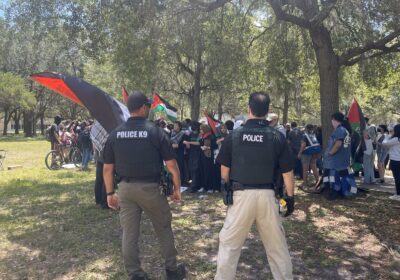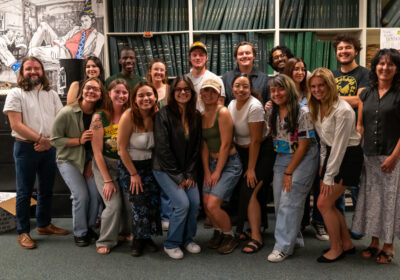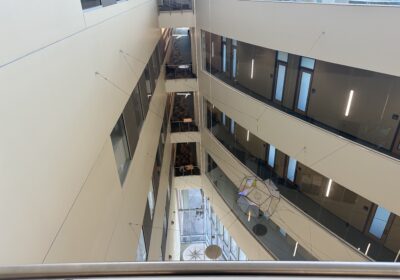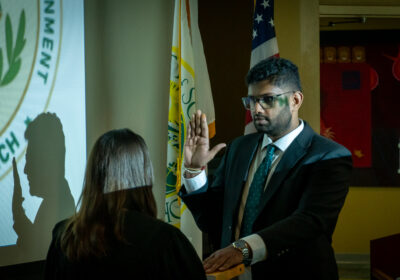USF St. Pete prepares to begin construction on new environmental research and teaching facility
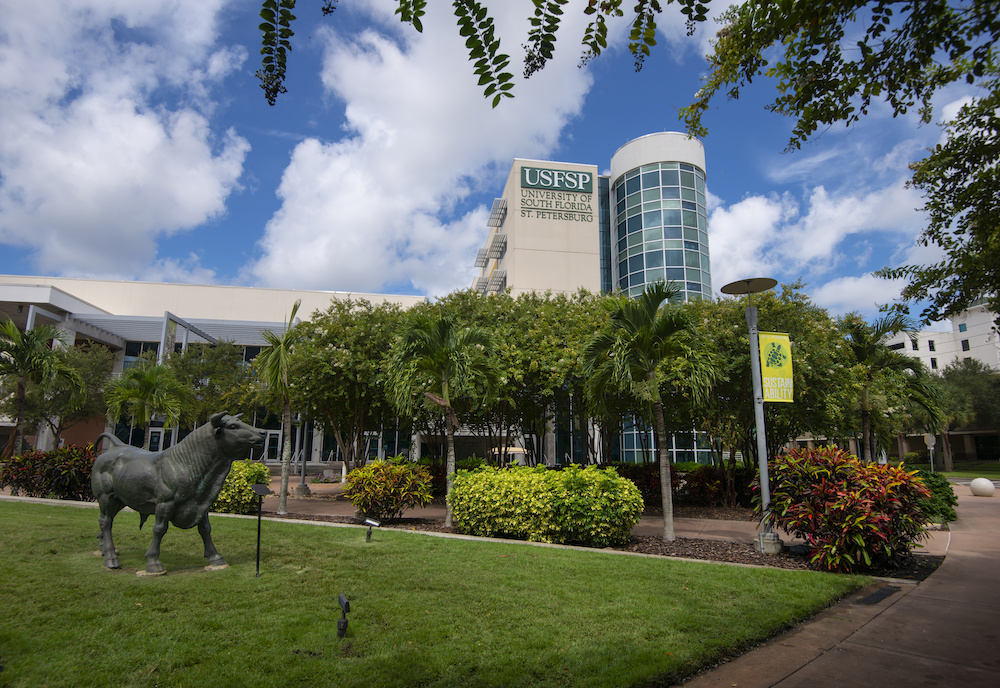
The USF St. Pete campus will soon undergo construction for the addition of a new Environmental and Oceanographic Sciences (EOS) research and teaching facility.
Gov. Ron DeSantis signed into law a record-setting annual increase for USF in the state budget on June 15. The budget includes $24.3 million toward the EOS facility which is expected to open in 2026, according to St. Pete Campus Regional Chancellor Christian Hardigree.
Hardigree said although a concrete timeline has not been set, she hopes the building will break ground this fall.
The $24.3 million assigned for the new building is just the initial allowance which will later be supplemented by private donations, according to Hardigree.
“Our next step will be sitting down, identifying our project manager, figuring out what process we’re going to go… and we’ll have some internal work that we must do first before we select architects that will help design and then go out to construction. And in totality, this is probably an $80 million building,” Hardigree said.
The purpose of the EOS is to further investigate the marine life and coastal climate struggles that the St. Pete community faces. With flooding caused by Hurricanes Ian and Nicole in fall 2022, innovation of hurricane mitigation strategies is a priority, Hardigree said.
“We’re on the water and, as a waterfront campus, we’re very attuned to the challenges that hurricanes bring. A 12-foot storm surge would flood half our campus and so making sure that we’re better at predicting as well as methods to mitigate the damage are other elements of what we can do,” Hardigree said.
While mapping hurricanes to curb the effects, the lab will also specialize in rising tides, coastal resiliency and areas with algae and bacteria in the coastal waters.
However, the St. Pete campus plans to delocalize its findings as pervasive environmental issues always have global applications.
“The need for innovation and discovery that comes through research is imperative. I mean, this is the kind of thing that changes things for our entire planet,” Hardigree said.
The influx of intersectional methods to resolving issues will be vital to the EOS model, according to Carrie O’Brion, Assistant Regional Vice Chancellor for Marketing, Communications and Strategy.
“One of the things that was originally envisioned when we first began talking about the [facility] is that it’s going to be an interdisciplinary center,” O’Brion said.
“It’s to allow for people of different fields and research to come together and find common ground under this umbrella of environmental and oceanographic sciences.”
O’Brion said the EOS lab will not be relegated strictly to the science realm either.
“There’s also going to be a business element to it… there’s the blue-green economy, where businesses that are related to sustainability are related to the ocean sciences. So, they’ll have a role in the development of this constellation of programs that will fall under the EOS,” O’Brion said.
Although extensive marine life research is already being conducted at the St. Pete campus, the new building will equip the current labs with novel technologies that will upgrade them to the latest contemporary standards.
“We have a College of Marine Science, and they already do incredible research in oceanography and integrative biology… but this is the place where we really can get into different methodologies, perhaps even using artificial intelligence, virtual reality, things like that,” Hardigree said.
A lab component designed specifically for teaching will make USF St. Pete more accessible to a wider audience. This component will help teach elementary, middle and high school students about environmental impacts both locally and globally, Hardigree said.
Hardigree hopes to spark a sense of loyalty to sustainability among passionate Florida youth by introducing them to these spaces at a young age.
“This provides an opportunity not just for the undergraduate students and the masters students, but also to bring in the next group of leaders in this space and honestly, I think that starts at an elementary age. They’ve got to find their passion and find connection and come forward,” Hardigree said.


